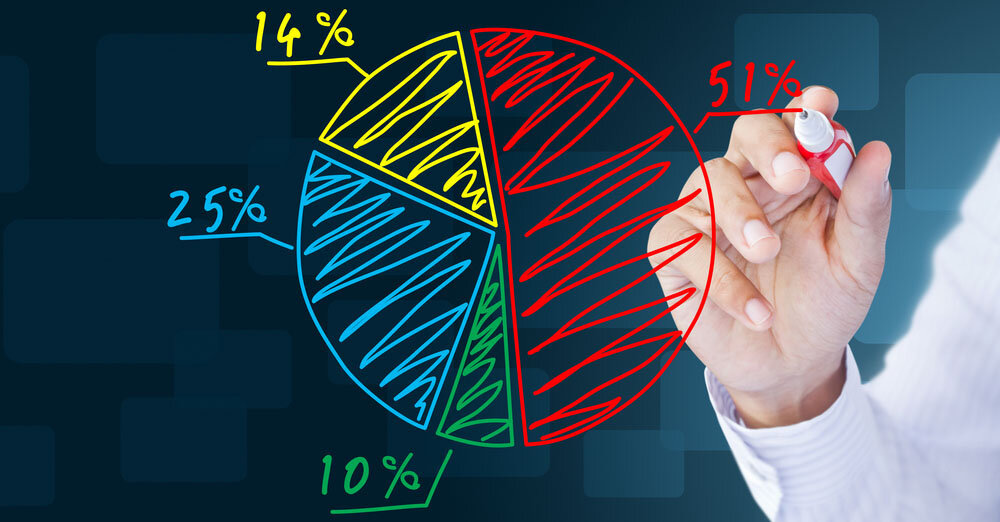A year with positive performance for Iranian exchange markets

Based on the already released reports and data, Iran’s exchange markets witnessed fruitful performances and results in the past Iranian calendar year 1397 (ended on March 20, 2019).
IFX, the main index of Iran’s over-the-counter (OTC) market, known also as Iran Fara Bourse (IFB), touched a new record high in the past year, as it gained more than 100% to stand at 2,258 points on March 19, 2019.
This index had started the previous year at 1,161 points.
As reported, the number and worth of trades at IFB increased 89 percent and 71 percent, respectively, in the past year compared to its preceding year.
Monthly average value of trades at the First and Second markets of Iran Fara Bourse amounted to 287.622 billion rials (about $6.8 million) and worth of trades at the Base Market accounted for 170.418 billion rials (about $4.05 million). This year total volume of trades at the First, Second and Base markets (i.e. IFB stock market) reached 165,586 million shares; all witnessed an increase of 75 percent-191 percent.
Also, the value of trades at Iran Mercantile Exchange (IME) rose 52 percent in the past calendar year from its previous year.
As reported, the worth of trades at three markets of IME, i.e. physical market, derivatives market and financial market, hit 1.786 quadrillion rials (about $42.5 billion) in the past year.
Over 24.84 million tons of commodities valued at 884.3 trillion rials (about $21.05 billion) were traded at the physical market of IME, showing seven percent fall in the amount and 77 percent rise in the worth of trades year on year.
In addition, in a move to tackle the U.S. sanctions on the country’s oil exports, Iran Energy Exchange (IRENEX) held seven rounds of offering crude oil during the past year.
Since the U.S. withdrew from Iran’s nuclear pact in May 2018, vowing to drive Iran's oil exports down to zero, the Islamic Republic has been taking various measures to counter U.S. actions and to keep its oil exports levels as high as possible.
One of the main strategies that Iran chose to execute to help its oil exports afloat has been trying new ways to diversify the mechanism of oil sales, one of which is offering oil at the country’s stock market.
During each round of offering, National Iranian Oil Company (NIOC) offered one million barrels of crude oil at the IRENEX with 35,000 barrels as the least amount of sales.
Applying new financial instruments in Iranian capital market was another achievements of the exchange markets during the past year, as Tehran Stock Exchange (TSE) officially launched “futures” in mid-December 2018 for more risk management and IME launched “option” in early March 2019 in an approach to diversify financing methods for agricultural products.
Futures contracts (more colloquially, futures) are financial contracts obligating the buyer to purchase an asset or the seller to sell an asset at a predetermined future date and price.
And option is a contract which gives the buyer (the owner or holder of the option) the right, but not the obligation, to buy or sell an underlying asset or instrument at a specified strike price prior to or on a specified date, depending on the form of the option.
